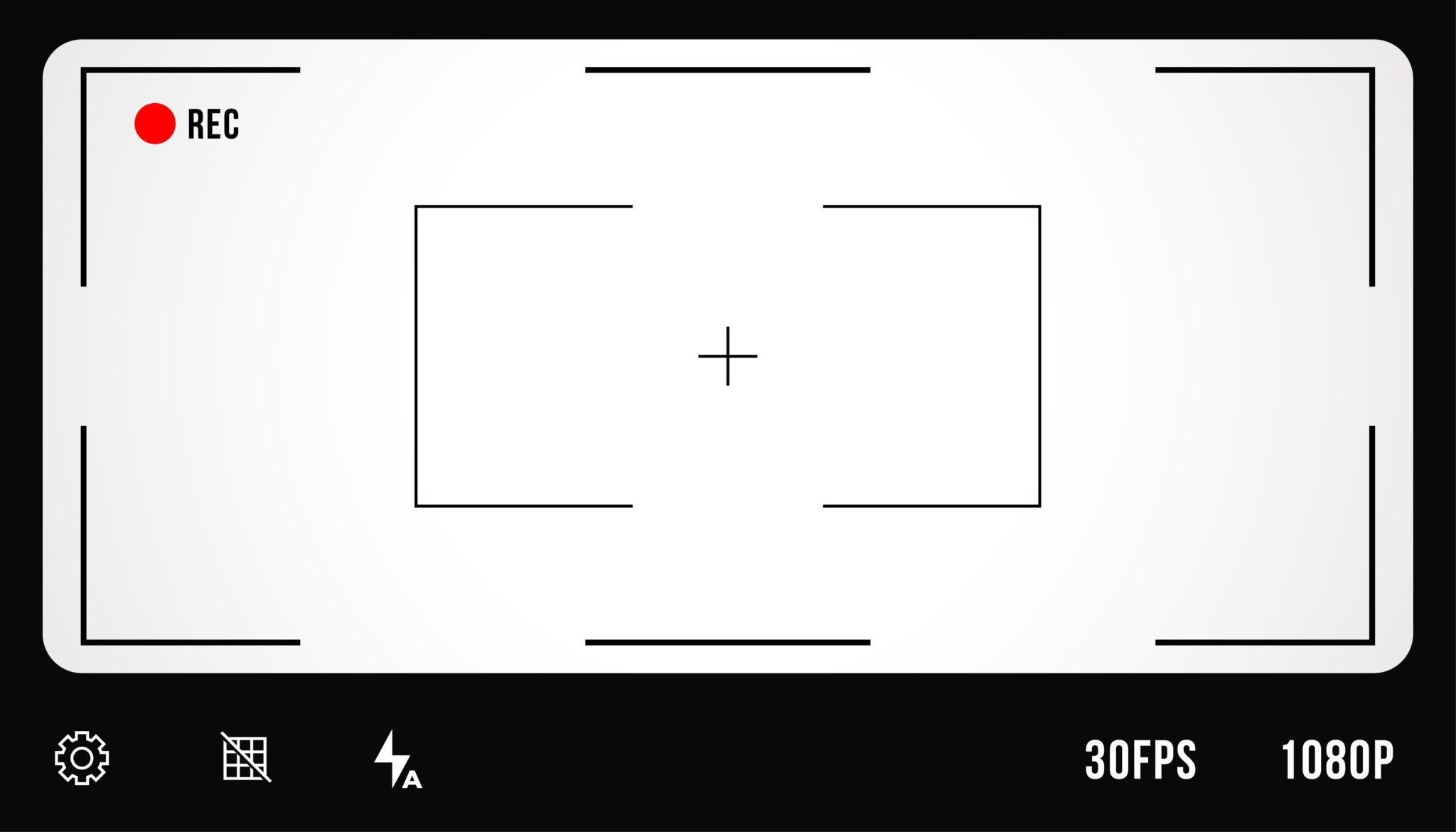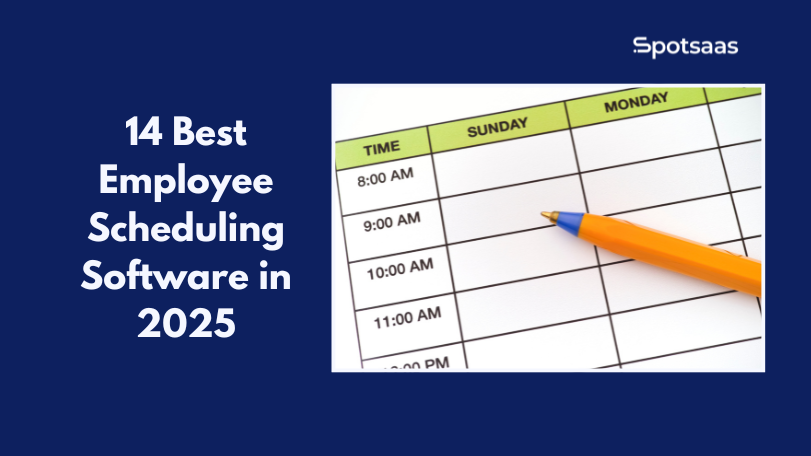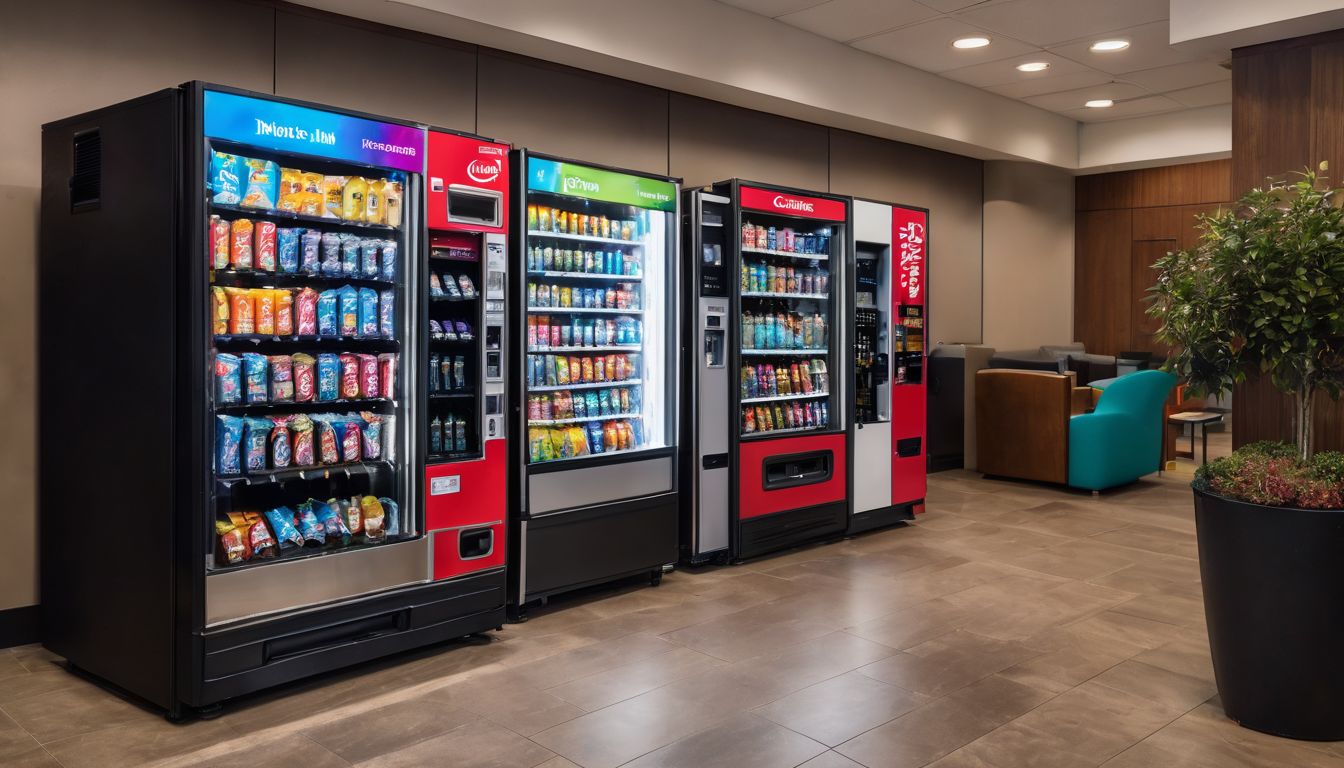Struggling to record audio on Mac? You’re not alone. Audio recording on a Mac is possible with built-in apps like Quicktime or GarageBand, but many people are unaware of these handy tools.
This guide will demystify the process and teach you step-by-step how to capture crystal clear sound using various methods. Ready to become a pro at capturing your voice notes, interviews or podcasts? Keep reading!
Key Takeaways
- You can record audio on Mac using built-in apps like QuickTime Player, Voice Memos, GarageBand, n-Track Studio, or Movavi Screen Recorder.
- Adjusting microphone settings and using external microphones can improve the audio quality of your recordings on a Mac.
- If you encounter any issues while recording audio on your Mac, such as being unable to record or experiencing poor recording quality, there are troubleshooting steps you can take to resolve these problems.
Different Methods to Record Audio on Mac
You can record audio on a Mac using various methods, including QuickTime Player, Voice Memos, n-Track Studio, GarageBand, and Movavi Screen Recorder.
Using QuickTime Player

QuickTime Player comes installed on every Mac, making it an easy and convenient method for audio recording. First, open the app by clicking on the QuickTime Player icon or finding it in your Applications folder.
Then choose “New Audio Recording” from the file menu. You will see a recording window where you can select your sound source from the Options popup menu – this could be built-in microphone or system audio if you want to record sounds played by your computer.
Just make sure to adjust the volume slider for appropriate loudness levels before hitting that red ‘record’ button!
Using Voice Memos
Voice Memos is a handy built-in application on Mac that allows you to quickly and easily record audio. To start recording, simply open the Voice Memos app from your Applications or use Spotlight search to find it.
Once opened, you can click on the red button to begin recording. You have the option to use your Mac’s built-in microphone or an external microphone for better sound quality. After recording, you can easily play back and manage your recordings within the Voice Memos app.
It’s a simple and effective way to capture audio on your Mac without any hassle.
In addition to using Voice Memos as a standalone application, you can also access it from other applications like Finder or QuickTime Player by right-clicking on an audio file and selecting “Open With” followed by “Voice Memos.” This makes it even more convenient when you need to quickly record audio while working with other files or applications on your Mac.
Using n-Track Studio
To record audio on your Mac, you can also use n-Track Studio. This software offers a range of powerful features that make it easy to capture high-quality sound. Simply open the n-Track Studio app and select the desired input source for your recording, whether it’s your built-in microphone, an external mic, or even the system audio.
Then, hit the record button to start capturing audio. With n-Track Studio, you have precise control over various settings such as volume levels and effects. Whether you’re a beginner or an experienced user, n-Track Studio is a great tool for recording audio on your Mac.
Using GarageBand
GarageBand is a powerful audio recording application available on Mac. With GarageBand, you can easily create professional-quality recordings right from your computer. Simply open the application and choose the “New Project” option.
From there, you can select whether you want to record using a built-in microphone or an external microphone connected to your Mac. Once you’ve made your selection, click on the red button to start recording.
You can also add effects and edit your recordings within GarageBand for a polished final product.
Using Movavi Screen Recorder

To record audio on Mac using Movavi Screen Recorder, simply follow these steps. First, download and install the software from their official website. Once installed, open the application and select “Record Audio” from the main menu.
Next, choose the audio source you want to record – whether it’s your built-in microphone or an external device like a headset or microphone. Adjust your audio settings as needed for optimal sound quality.
Finally, click on the “Start Recording” button to begin capturing audio. It’s that easy!
Tips and Tricks for Recording Audio on Mac
Adjust your microphone settings to ensure optimal audio quality. Use external microphones for better sound clarity and eliminate background noise. Manage audio levels during recording to prevent distortion or muffled audio.
Adjusting microphone settings
To ensure optimal audio quality during recording on your Mac, adjusting the microphone settings is essential. Open the System Preferences from the Apple menu and click on “Sound.” In the Input tab, select your preferred microphone device such as the built-in microphone or an external mic.
Use the input volume slider to adjust the microphone sensitivity according to your needs. You can test and monitor your audio levels through the input level meter provided.
Using external microphones
To enhance the audio quality of your recordings on a Mac, you can use external microphones. These devices are designed to pick up sound more accurately and deliver clearer results compared to the built-in microphone.
Simply connect an external mic to your Mac using USB or headphone jack, depending on the type of microphone. Make sure to select the external microphone as the input source in your recording application settings for optimal performance.
Managing audio levels
To ensure optimal recording quality, it’s important to manage audio levels while recording on your Mac. Adjusting the microphone settings is crucial for capturing clear and balanced sound.
You can also use external microphones for better audio quality and control. Keeping an eye on the audio levels during recording will prevent distortion or clipping. By properly managing audio levels, you can achieve professional-sounding recordings without any issues.
Troubleshooting Common Issues

If you encounter any issues while recording audio on your Mac, such as being unable to record or experiencing poor recording quality, this section will provide helpful troubleshooting tips and solutions.
Unable to record audio
If you are unable to record audio on Mac, there are a few troubleshooting steps you can try. First, make sure that your microphone is properly connected and enabled in the system preferences.
If it still doesn’t work, check if any other applications or devices are using the microphone and close them. Also, ensure that you have selected the correct input source in the audio settings.
Restarting your computer or updating the audio drivers can also help resolve any issues with recording audio on Mac.
Recording quality issues
If you’re experiencing recording quality issues on your Mac, there are a few things you can check. First, make sure that your microphone is properly connected and positioned correctly.
Adjust the volume levels and gain settings to ensure optimal sound quality. You may also want to experiment with different recording software or apps to see if the issue persists across platforms.
If the problem still persists, consider using an external microphone or audio interface for better quality recordings.
Compatibility issues with certain apps
Some users may encounter compatibility issues when trying to record audio on Mac with certain apps. This can be frustrating if you’re relying on a specific app for your recording needs.
It’s important to ensure that the app you’re using is compatible with your version of macOS. If you’re experiencing problems, try updating the app or checking for any available patches or updates from the developer.
You may also want to consider using alternative recording apps that are known to work well with your Mac system. By being aware of and addressing compatibility issues, you can ensure a smooth and successful audio recording experience on your Mac.
Conclusion
Recording audio on your Mac is easy and convenient, thanks to the various methods and apps available. Whether you choose QuickTime Player, Voice Memos, n-Track Studio, GarageBand, or Movavi Screen Recorder, you can capture high-quality audio effortlessly.
With the right tips and tricks for adjusting microphone settings, using external microphones, and managing audio levels, you’ll have smooth recording sessions every time. Don’t let common issues like being unable to record audio or experiencing compatibility problems deter you – troubleshoot them with ease.
Start capturing amazing audio on your Mac today!
FAQs
How do I record audio on my Mac?
You can record audio on your Mac using various applications like the QuickTime Player app, making a new Audio Recording with the system’s Built-in Microphone.
Are there easy ways to capture audio from different sources on my MacBook Air?
Yes, you can record sound on your Mac using methods such as Screen recording or utilizing QuickTime Player to capture audio from different sources without any external devices needed.
Can I use external microphones for better quality when recording audio on macOS?
Certainly! An External microphone improves the clarity of Voice recordings and other Sound captures on your Mac, especially in GarageBand audio recordings.
Is there a way to record both screen and audio simultaneously in macOS?
Indeed, by employing tools like QuickTime or other best Audio recording apps for mac; you can achieve efficient Mac screen recording with seamless integration of accompanying audios too.
What if I face issues while trying to Record my voice or auditory inputs using macOS’ built-in facilities?
Do not worry – comprehensive step-by-step guides addressing typical mac related Audio recording settings and troubleshooting are readily available online to resolve common challenges experienced during MacOS based voice-and-sound capturing sessions.




